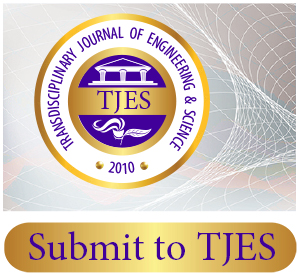Transdisciplinarity: Dilemmas, Elasticity in Perspectives, and Anxiety–the Case of Integrated Surveys
Abstract
The aim of the paper is to contribute to the ongoing discourse of transdisciplinarity by providing a case study in the development some fifty years ago of `integrated surveys integrated, multi-disciplinary resource studies for development as an application of transdisciplinarity avant la lettre. Lessons from integrated surveys suggest that transdisciplinarity would require `elasticity in perspectives'; the ability to accommodate dilemmas of con icting perspectives at shared problem situations. This common ground resembles the `included middle' in transdisciplinarity as proposed by Nicolescu. Looking from rather than disciplinary looking at the problem may create an emergent understanding of its `reality'. The case history of integrated surveys also suggests that when research gets more transdisciplinary, researchers enter unfamiliar disciplinary grounds which could create uncertainty and even anxiety about their identity, legitimacy, relevance and stature. Finally, the paper argues that transdisciplinarity is not necessarily rigorous. Its rigor is dependent on the specific problem situation under investigation.


